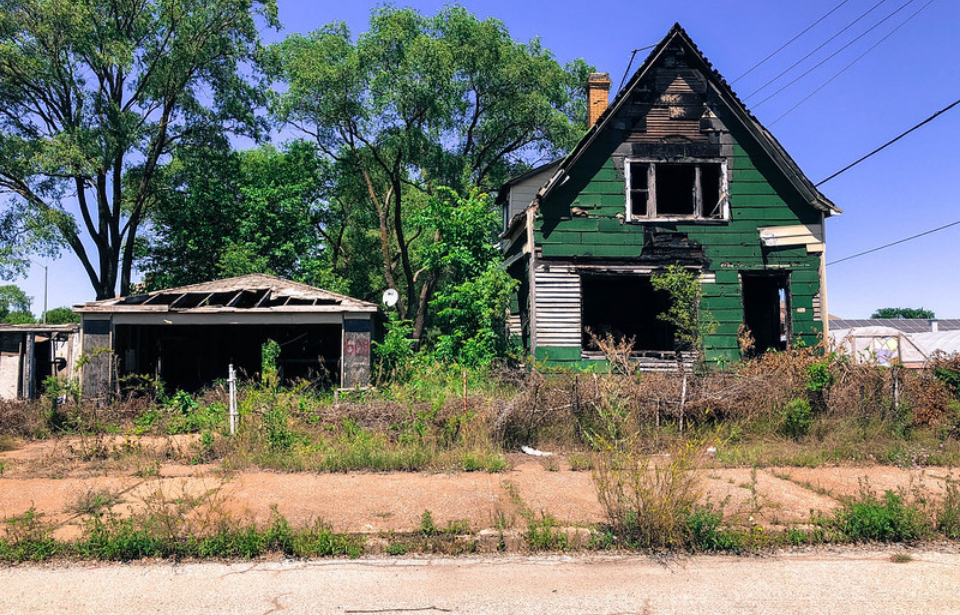There are several cities across the United States that have been largely abandoned, and one of these is Gary, Indiana. While still home to a population of just over 76,000, the city was heavily affected by the decline in the country’s steel industry, leaving it in a state of abandonment and disrepair.
A booming steel industry
Gary, Indiana was founded in 1906 by the United States Steel Corporation as a place to erect its new plant, Gary Works. At the time, the country’s steel industry was booming, and the U.S. Steel Corporation’s founder, Elbert Henry Gary, felt the spot along the south of Lake Michigan was the perfect location for a new factory.
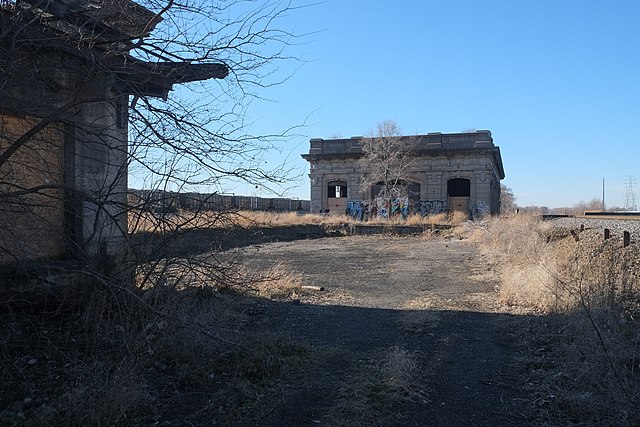
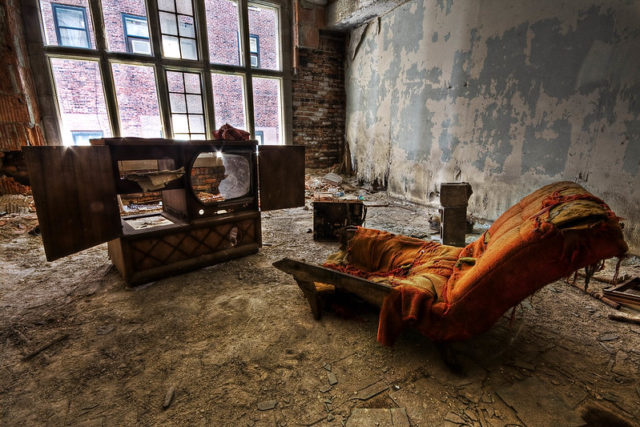
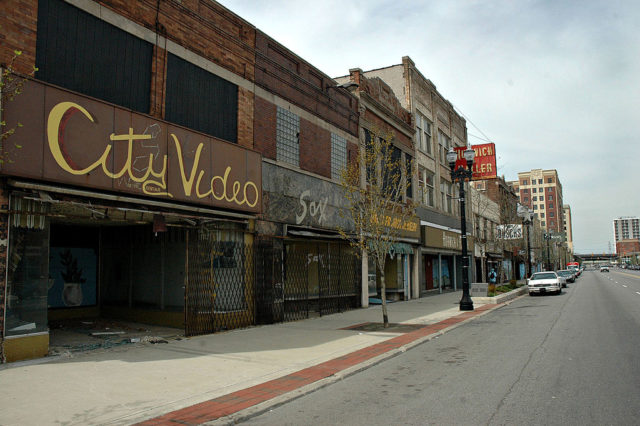
The jobs offered by the steel plant led to Gary’s rapid growth. It attracted out-of-town workers, including African-Americans who’d escaped the South and were looking for work, as well as European immigrants. With the influx of workers came a flourishing economy, and by the 1920s, Gary Works was the largest steel plant in the country, with over 16,000 employees.
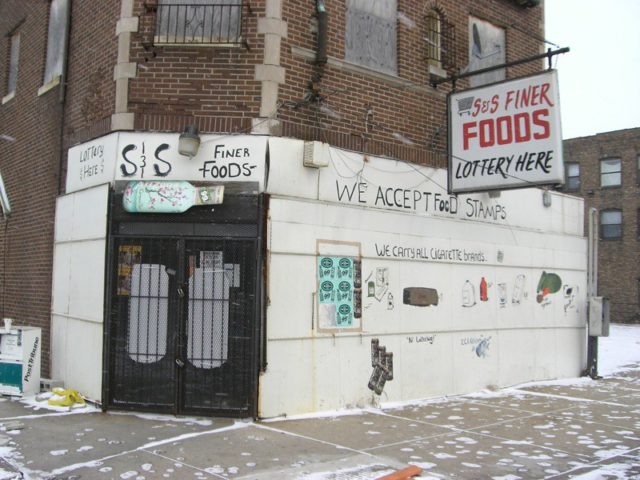
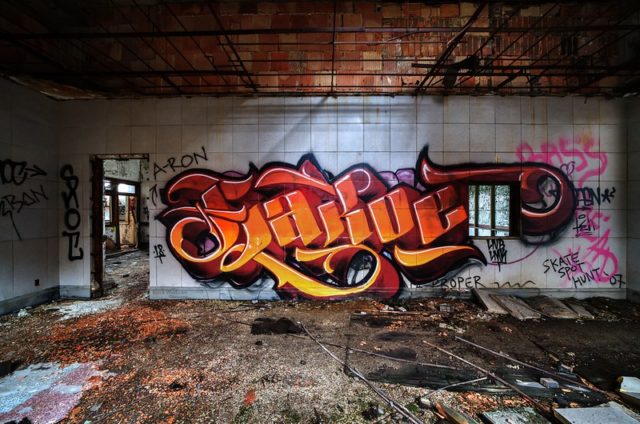
Steel production only continued to grow during the Second World War, and soon the US was producing more than 40 percent of the world’s steel. The mills in Illinois and Indiana were of particular importance, producing 20 percent of the country’s total steel. This eventually led to a change to the curriculum taught at area schools, with the introduction of skill-based subjects.
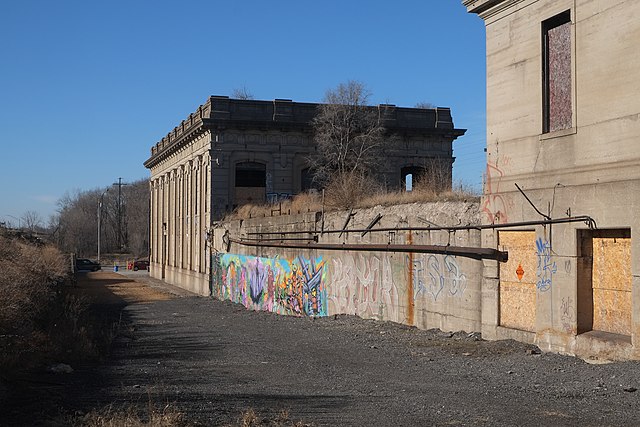
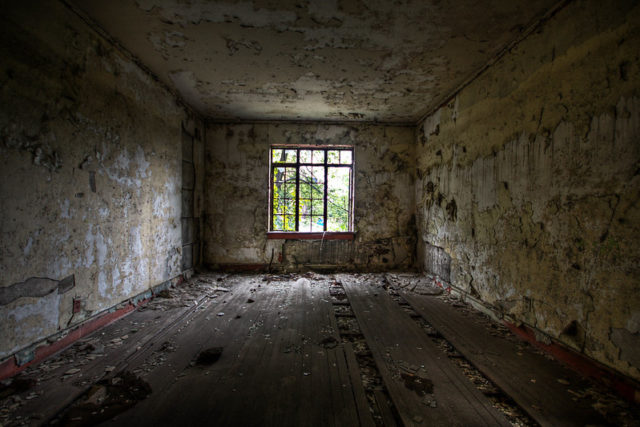
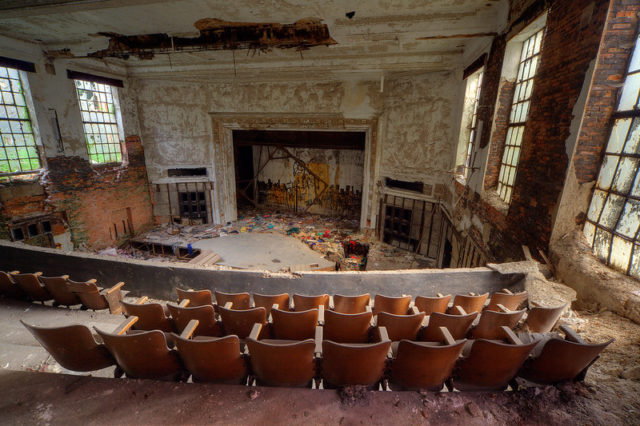
The booming steel industry led to other industrial businesses investing heavily in Gary’s economy and budding infrastructure, and soon schools, churches, commercial businesses and civic buildings were erected. The city’s downtown became a commercial hub, bringing with it the development of architecturally significant attractions, including movie theaters.
Gary experienced its peak in 1960, with a population of 178,320, and by 1970 was nicknamed the “city of the century.”
A unique makeup
Gary, Indiana has a rather unique makeup. When it was founded, it was split into four sections: the East Side, the West Side, the South Side and Glen Park. The East is known for its largely wood-frame houses – some of the earliest in the city – while the West is notable for its wealth. This shows in the grandeur of the brick residences and larger commercial buildings.
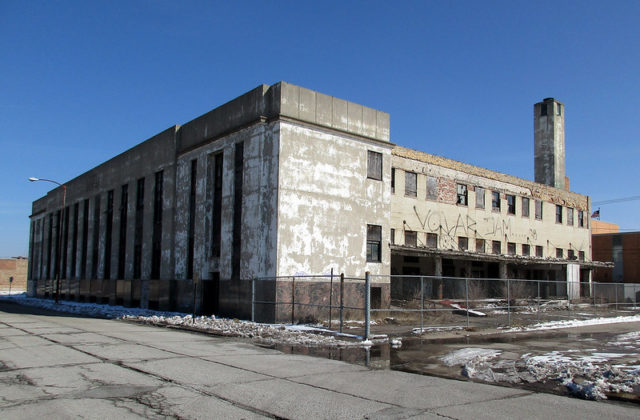
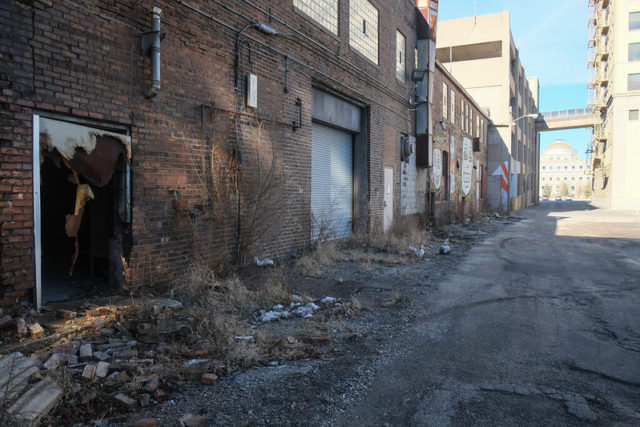
The city’s various neighborhoods are different from one another, with its downtown of particular interest. It is split into two distinct communities, Emerson and Downtown West. It was developed throughout the 1920s, and fast became known for its impressive architecture. Sadly, a major fire ravaged a large portion of the area in October 1997.
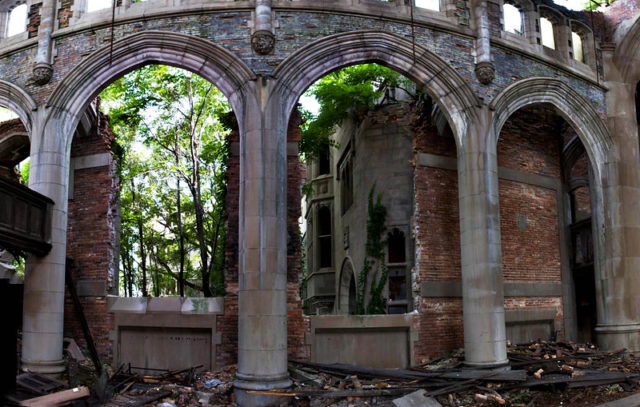
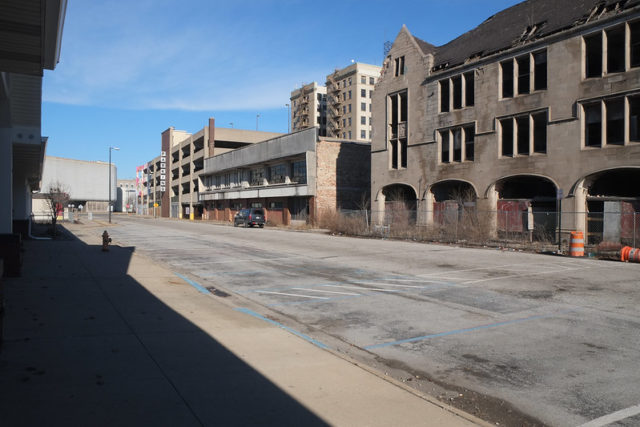
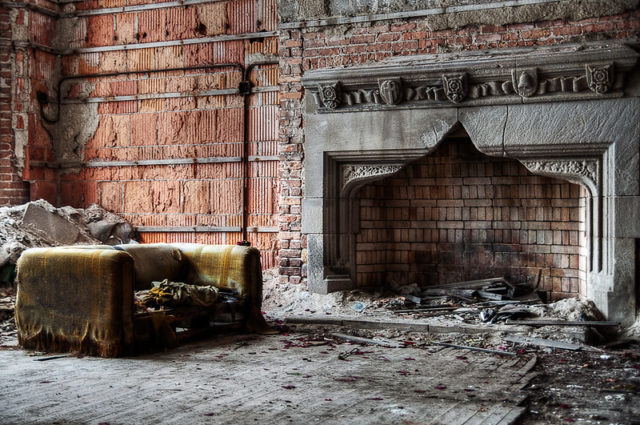
The majority of the buildings that made up the city’s downtown core have since been demolished due to the cost of restoration, and those that remain have largely been abandoned, including Union Station, City Methodist Church and the Palace Theater.
Decades of struggle
Gary, Indiana first experienced trouble during the Steel Strike of 1919. A growing number of steelworkers from across the US were demanding better working conditions and higher wages, and thus joined picket lines. In Gary specifically, things spiraled out of control when, on October 4, 1919, a riot broke out between steelworkers and strikebreakers. Three days later, Indiana Governor James P. Goodrich declared martial law, allowing 4,000 federal troops to arrive and restore order.
Nationally, the Steel Strike was largely unsuccessful, due to growing fears of Russian socialism, a weak workers’ union and racial tensions.
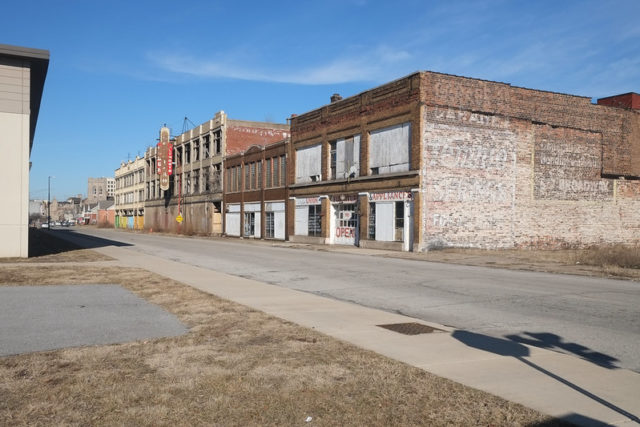
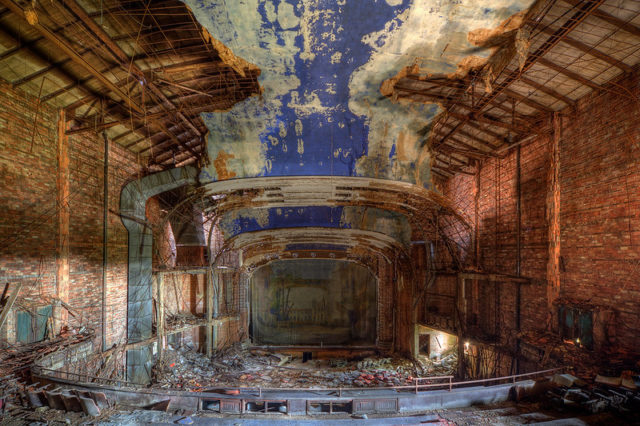
Gary also faced issues of racial segregation. By 1950, the city was one of the most segregated in the US, with its White and African American populations held to vastly different standards. Given this, it was a focal point of the Civil Rights Movement. Prior to desegregation, 97% of the city’s Black population lived in the Midtown section, a largely self-contained community just south of downtown.
The steel industry begins to waver
An increase in overseas competition led to a decline in the demand for United States steel. As such, the U.S. Steel Corporation began issuing layoffs at its factories, including the one in Gary, Indiana. In 1971, tens of thousands of workers were let go, and by 1990 only 6,000 were still employed at Gary Works. As of August 2015, the plant employed just 5,100 workers.
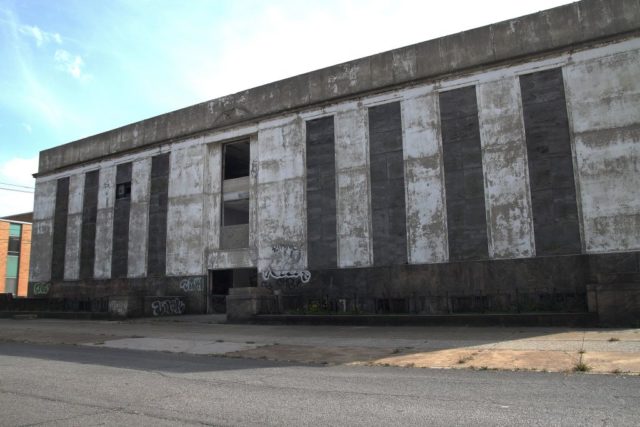
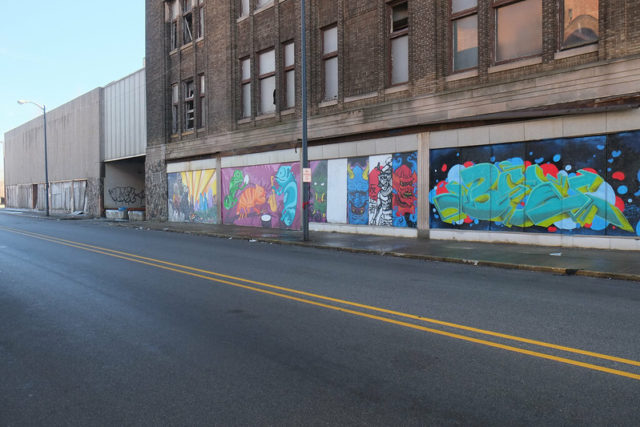
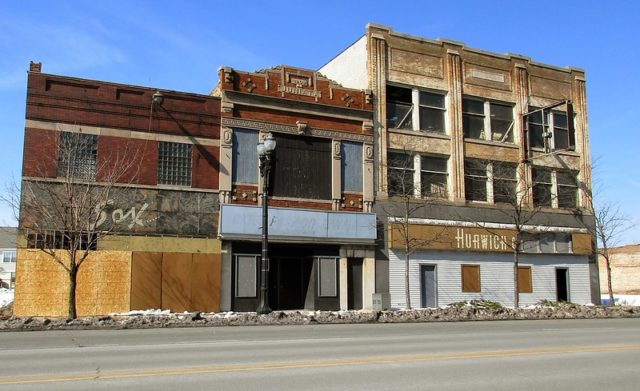
As job opportunities moved away from the city, so too did businesses, resulting in a mass exodus of residents and a rise in crime. In 1993, Gary was dubbed the “murder capital” of the country, and as of 2019, its population was just 76,010. As such, the city ranks second only to Detroit in the percentage of population lost in the Rust Belt since the turn of the century.
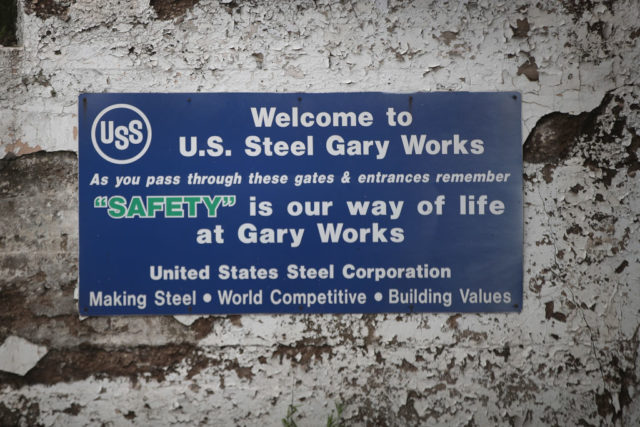
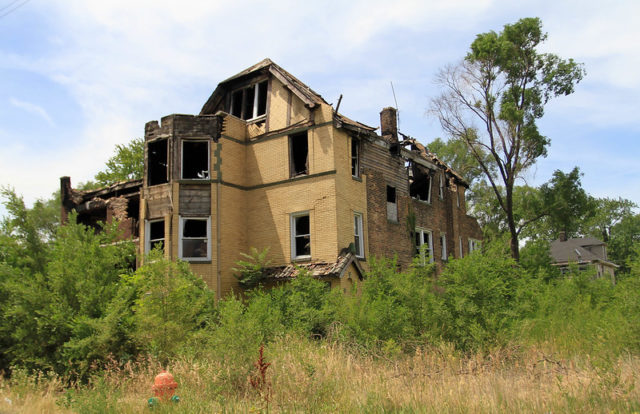
There have been several attempts to revitalize the city’s economy, with varying success. This included the construction of a Holiday Inn hotel and a convention center, both of which failed to increase revenue. Two casinos were opened in the 1990s, but their success was hindered by the closing of Cline Avenue, which provided access to the area.
The resilient residents of Gary, Indiana
Due to a decline in employment opportunities, Gary has become a veritable ghost town. Many of its schools have since shuttered, and the majority remain abandoned. Given its current state, the city has been given yet another nickname: the most miserable city in the US.
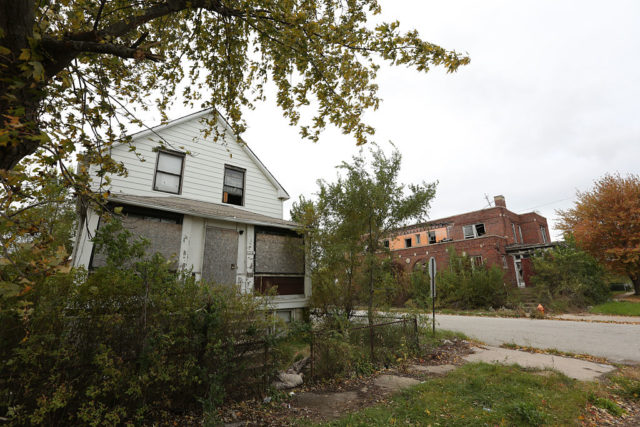
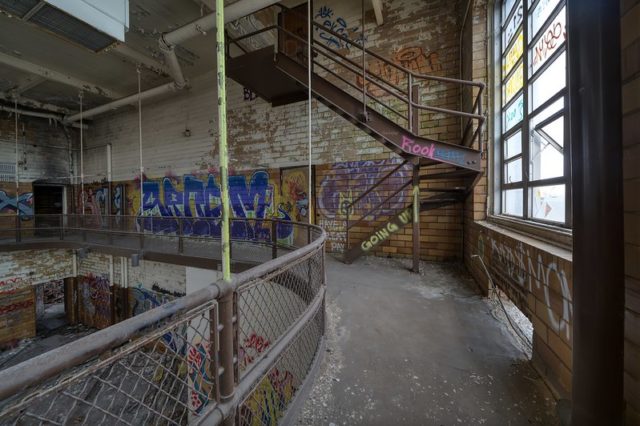
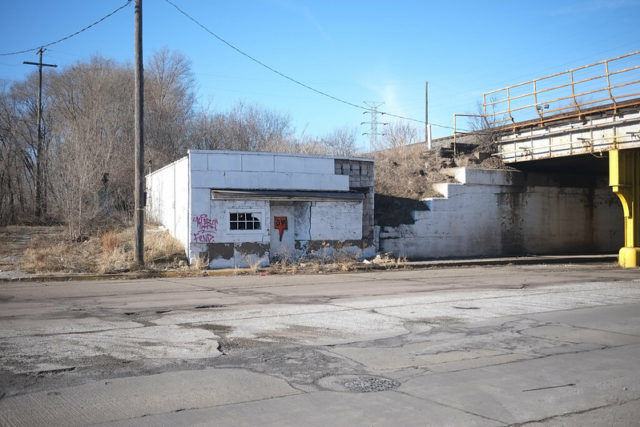
Despite its economic decline and struggles, the residents of Gary continue to work to return the city to its former glory. In 2011, the Miller Beach Arts & Creative District opened and has since gone on to attract considerable attention. City council also approved the construction of a $45 million minor league baseball stadium, and the city has capitalized on the fact it was home to the Jackson 5.
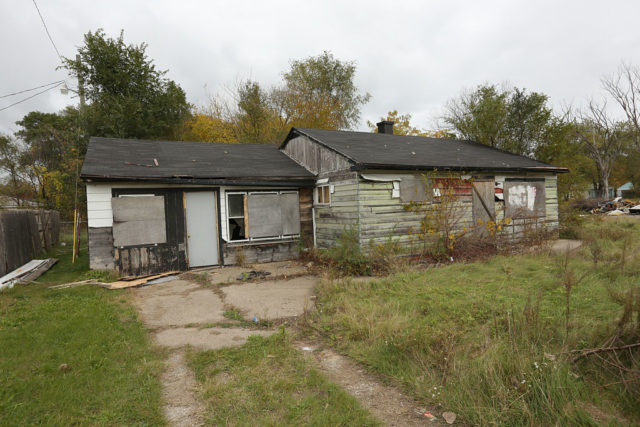
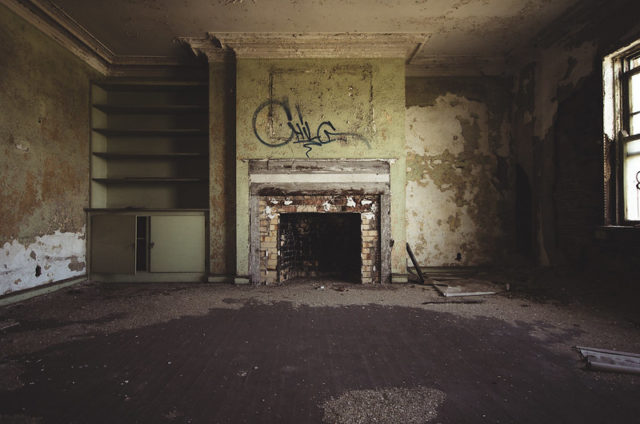
Many of the city’s buildings have been placed on the National Register of Historic Places, including the American Sheet and Tin Mill Apartment Buildings, the Gary Bathing Beach Aquatorium, the Barney Sablotney House and the Gary Land Company Building.
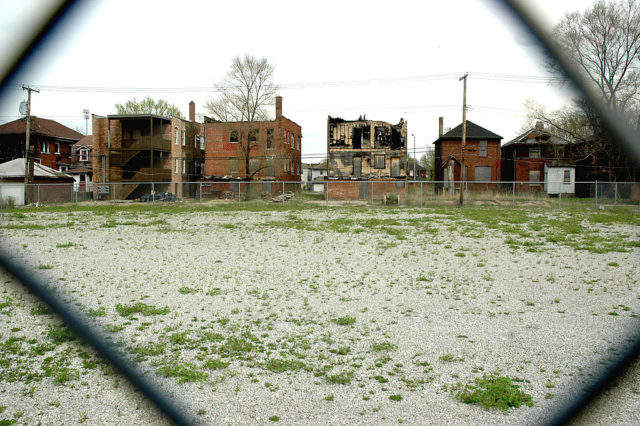
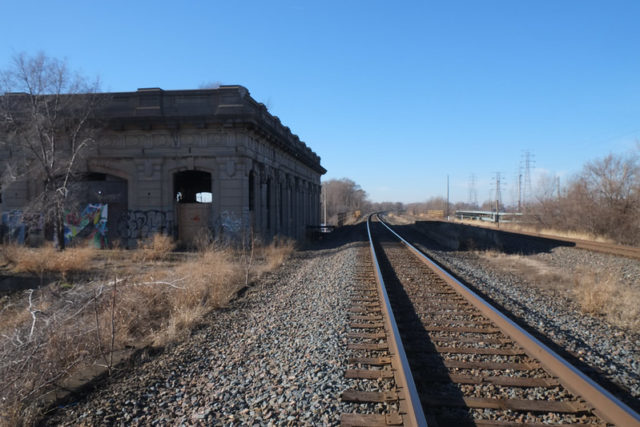
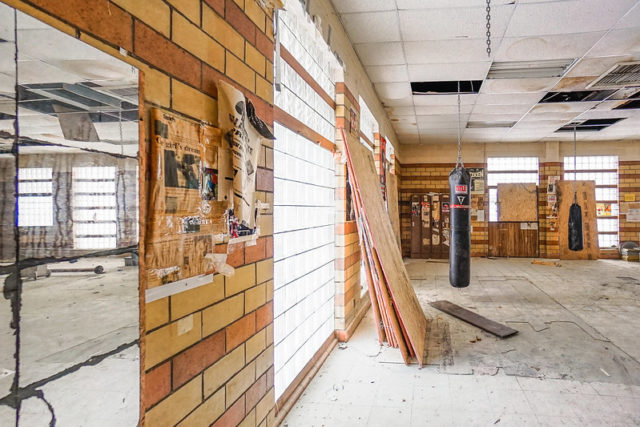
More from us: The Abandoned Trading Post in Meteor City, Arizona
A few years back, Gary played host to the Miss USA Pageant, and over the years has been the setting for many Hollywood films, including 1996’s Original Gangstas, the remake of A Nightmare on Elm Street and 2010’s Transformers: Dark of the Moon. History Channel also filmed its Life After People documentary in the city.
